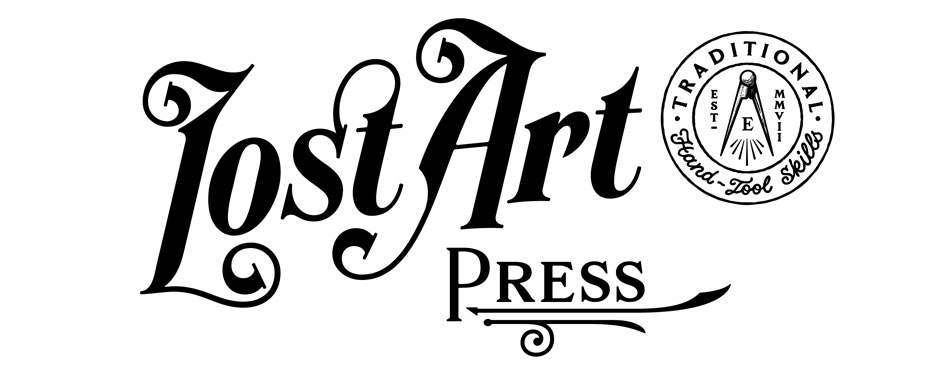I’ve always been fascinated by work songs – generally A capella performances where the tempo governs (or is governed by) the pace of the labor. I first encountered these songs after high school while I was working on factory lines at liquor plants, table-making factories and a door-building facility.
These were sung, or sometimes hummed, in pace with the machinery. It is mesmerizing to participate in these songs, and that reverie is much needed when you spend 10 hours doing the same activity over and again. These songs are trance-inducing, like the hum of a beehive or the roar of an interstate.
Shakers were known for their work songs, which celebrated such mundane tasks as sweeping. And every since attending a performance of these Shaker work songs, I have yearned to write ones for woodworking.
Hand-tool woodworking has a rhythm that is absent in the roar of a planer or table saw. It is as regular as our hearts and our breathing.
Today as I was sawing up a bunch of red oak for a project, I tried to find a beat or a tune that corresponded with every stroke. I wanted something as transfixing as these work songs from 1966.
FolkStreams » Afro-American Work Songs in a Texas Prison.
I’m not talented enough.
Perhaps we need to implore Tom Fidgen – a hand-tool woodworker and songwriter – to give it a stab. I know it’s possible.
Why? One of my most indelible memories from college is the day after U2 released the album “The Joshua Tree” in 1987. As I was walking through the food line that day the entire staff was singing “With or Without You” in full harmony.
It left me with chicken skin – like the FolkStreams film – that I cannot shake.
— Christopher Schwarz











